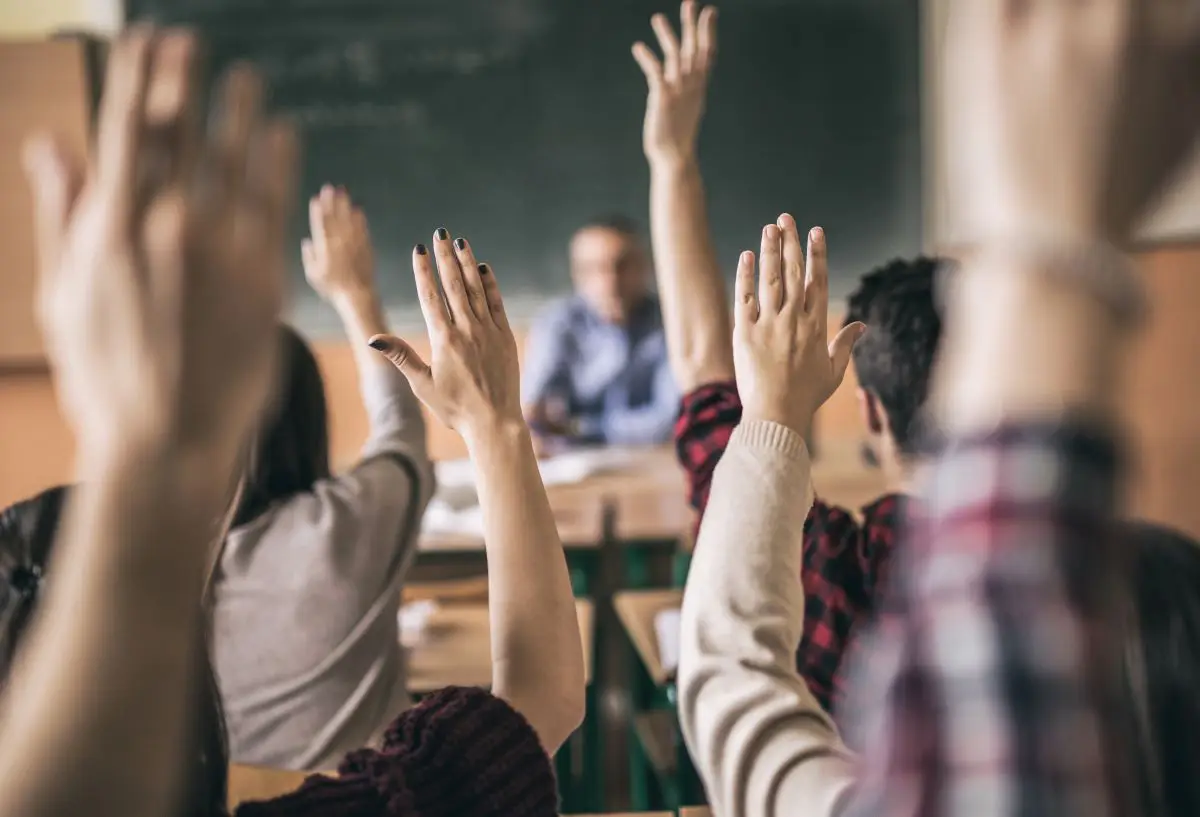How the Flipped Classroom Approach is a Solution to Firefighter Staffing Challenges

Staffing challenges have plagued every industry. In emergency services, like firefighting, those staffing shortages are far more worrisome. With shortages, crews run risks of burnout and exhaustion—not to mention the dangers of being unable to adequately service a community—and fire chiefs and department leaders have to find creative solutions to make sure that their teams are adequately staffed.
The flipped classroom approach offers a great way to help students excel in firefighter training faster than the traditional model. This means that new recruits can learn the material more thoroughly in a shorter period of time. The flipped classroom has also been found to be a more attractive option for instructors and students alike. Students gain confidence through the flipped classroom approach because they can use distance learning options to prepare before entering the classroom with the instructor. Read on to learn more about flipping your firefighter classroom.
What Is the Flipped Classroom Approach?
With the flipped classroom approach, students are given materials and lectures prior to the class. This approach is sometimes confused with “modular learning,” but modular learning, in which students use online training “modules” for self-study away from the classroom, is a component of the flipped classroom model.
Simply put, students can use the online learning activities to become familiar with the lessons before entering the classroom. This proves to be a much better model than the traditional approach because the students aren't learning brand new materials during the class. Instead, they've had time to understand the material before class so that they can fully engage with the activities and lessons during class time.
Increased student engagement and learning outcomes that prepare students for their careers as firefighters are the core focuses behind the flipped classroom approach. Instructors should expect students to come prepared to ask questions about the scenarios and things they don't understand. More importantly, the class time can be used to develop real world skills and techniques so that students get practice, instead of just learning from a book or lecture.
Because the whole class has already learned the material by class time, they all come ready to explore questions in-depth and take their basic understanding to a higher level. This model increases their confidence in the material and their ability to handle the scenarios.
The Benefits of Flipped Classroom Training for Firefighter Instructors and Students
Instructors find flipped classroom training beneficial for many reasons. Students who want to become firefighters need to pass several tests. Devoting class time to materials that can be learned independently, like in the traditional model, means less class time to dig into questions and action-based learning.
The flipped classroom model gives you back that time to devote to the skills that will help the student learn the material more completely, do better on exams, and answer any questions that might come up in real world scenarios.
Some benefits to flipped classroom models for fire instructors and students are that they:
- Help students and instructors/assistants stay up to date. The material is available for students and any aids or assistants to view whenever they have time. So, if someone misses a class, they don't need to miss the lessons.
- Can help struggling students understand materials. Some students don't understand the lesson the first time. And that's OK. They can watch the lessons multiple times if it helps them understand and retain the material. They can also use the lessons to write down questions that they can ask during classes.
- Improve student pass rates. Flipped classroom teaching does improve the pass rates, largely because it's a better way to help students understand the material more thoroughly.
- Use real world scenarios to give students a more comprehensive education. You want your future firefighters to be as prepared for real world scenarios as possible.
- Provide better team building and communication in the classroom. Because the students do the bulk of the lectures and reading work to prepare for classes, the class time can be devoted to interactive learning, teambuilding and greater discussions on the lessons.
How the Flipped Classroom Benefits Students and Instructors
This training technique promotes student engagement during class. This means that students will be more involved during class discussions and trainings, and instructors can track student progress with each lesson. Instructors can give quizzes or assessments on material from the online learning lessons, and use that information to help them plan which topics to cover more thoroughly during classes.
Students also get to work more interactively with each other and the instructor during class, but get access to learning materials online. With a major shift toward online and distance learning since the beginning of the COVID-19 pandemic, students find this approach appealing. According to a study on flipped classrooms by educational think tank Brookings Institution, students reported greater course satisfaction compared to traditional approaches.
Flipped Classroom Resources for Your Firefighter Training Initiatives
Public Safety Group offers instructors several teaching tools which will help facilitate a flipped classroom approach through our Navigate platform. See below for several products and other sample resources:
- Fire and Emergency Services Instructor: Principles and Practice, Third Edition
- Brannigan's Building Construction for the Fire Service
- Nancy Caroline's Emergency Care in the Streets, Ninth Edition
- Emergency Care and Transportation of the Sick and Injured, 12th Edition
Read more: